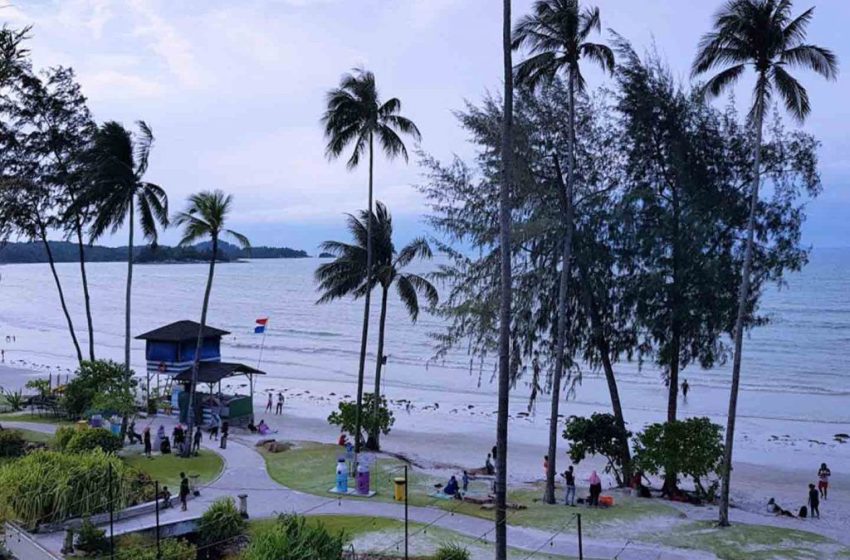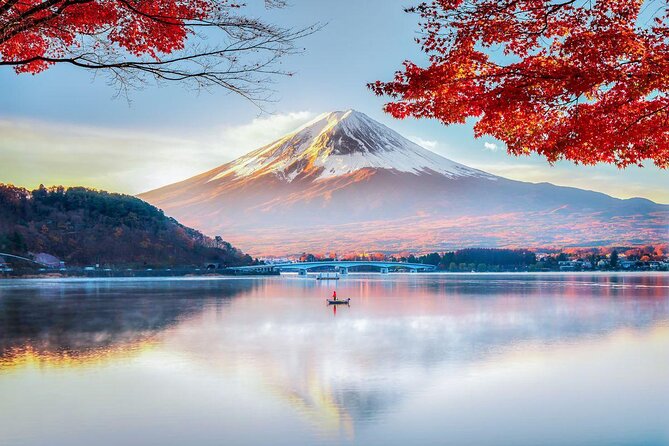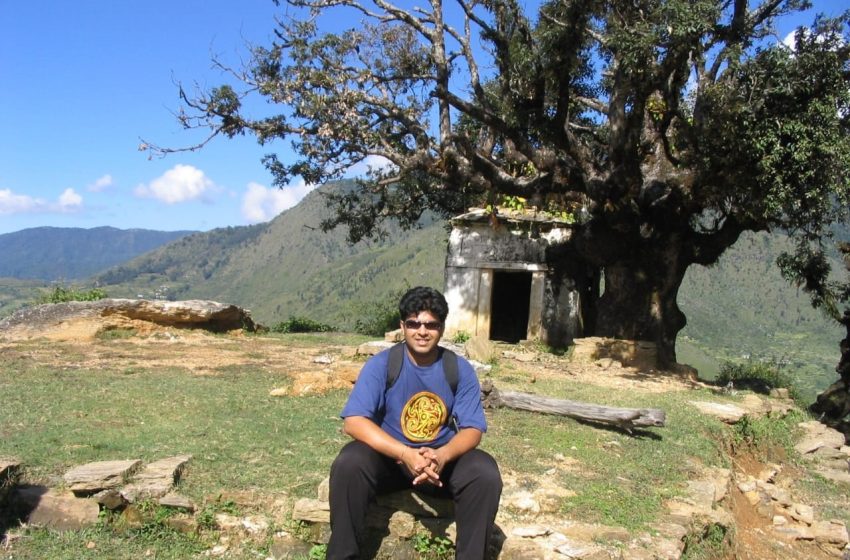VFS Global has partnered with Bintan Resorts to boost its presence in the Indian market. Located less than an hour by ferry from Singapore, the Indonesian island of Bintan has the potential to become a sought-after destination for Indian travellers seeking for a peaceful escape from overtourism.
Prasenjit Chakraborty/Indonesia
Incredible, Impressive, and Inconceivable are three words that aptly describe Bintan Resorts. Although situated in the Riau Archipelago of Indonesia, it is just a 55-minute ferry ride from Singapore. This proximity makes Singapore a favoured getaway for Indian travellers wishing to visit Bintan Resorts. To attract more tourists from the Indian market, VFS Global recently entered into a partnership with Bintan Resorts, Indonesia. To enter Bintan, travellers need a multiple-entry visa for Singapore. Once they arrive in Bintan, they will receive a visa on arrival.
Bintan Resorts is a stunning destination with pristine beaches, turquoise waters, and lush landscapes. It features luxurious accommodations and a variety of activities, including water sports and cultural experiences. This blend of natural beauty, exclusivity, and convenience all set to make it a popular destination for Indian travellers in the months to come.
The Bintan Resorts occupies an exclusive space within the island, offering a modern escape set within nature, combining serenity and calmness with a unique advantage- zero traffic. In contrast to the traffic congestion common in Indian cities, Bintan Resorts provides a hassle-free experience, allowing travel from one point to another in just 15-20 minutes. Low or no traffic within the resorts facilities is due to its separation from Tanjung Pinang, the capital of the Riau Islands, where most locals live. Only those working in the Bintan Resorts reside in designated areas, ensuring travellers feel freedom of movement and vast spaces. This aspect is especially appealing when choosing a destination in the post-COVID era. To be candid, the destination is perfect for those looking to escape the hustle and bustle of city life and reconnect with themselves. Its tranquil atmosphere is also ideal for bonding with family, friends, and colleagues.

In a competitive market where, other destinations are aggressively promoting their offerings, VFS Global and Bintan Resorts need a strategic and tailored approach to effectively promote Bintan. To achieve this, it’s crucial to build substantial market awareness among travel partners. Going forward, they have to ensure that travel agents and trade partners are well-informed about what Bintan offers to Indian travellers.
In recent years, worldwide many known destinations have suffered from their own success. With the surge in tourism, overcrowding has become a significant problem, diminishing the charm of once-pristine locations. However, adventurous travellers need not worry. There are many lesser-known destinations are waiting to be explored, offering unique experiences far from the tourist crowds. And Bintan Resorts is certainly one of them!
Visitors to Bintan Resorts will discover a unique experience that few destinations can match. The key distinguishing feature? The unparalleled peace and tranquillity that make this destination truly special.
Target Audiences and Cities in India
VFS Global and Bintan Resorts will focus on the family, young travellers, MICE and wedding segments within the Indian market. From a MICE destination perspective, corporates could pair Bintan with Singapore in their offerings, allocating perhaps two nights to each destination.

It is important to note that Bintan Resorts is being reintroduced to the Indian market. The Tourism Service Unit within the VFS Global will promote the destination across India, not just in metro cities. Singapore has direct connections from above 15 cities in India, and the audiences from these gateways will naturally be of priority to engage with.
“Bintan Resorts offer the Indian audiences a diverse range of experiences in a tranquil, bountiful nature and beautiful setting. From beaches to forests, idyllic resorts to a delightful range of food and relaxation activities, the Indian audiences will enjoy their visit and re-visits,” stated GB Srithar, Head of Tourism Services at VFS Global. “We will work closely with our travel trade partners in India to bring the island’s offerings to their clients. Our strategy will include targeting travellers from secondary cities.” He also mentioned that, based on his 13+ years of experience with the Indian travel and tourism market, he has observed a growing demand for outbound travel from secondary cities with a good propensity to spend on experiences.
In 2023, 1.08 million Indians visited Singapore. Moving forward, VFS Global and Bintan Resorts aim to significantly increase the number of tourists travelling to the island. To realise this vision, it is crucial to share relevant information with the travel trade, embark on meaningful consumer outreach efforts and marketing collaborations. “In the coming years, we are optimistic about achieving a double-digit percentage of visitors to Singapore spending a few nights in Bintan Resorts,” Srithar stated emphatically.
Bintan Island Infrastructure Development
Abdul Wahab, Chief Operating Officer, Bintan Resorts, outlined their immediate plans for the Indian market, which include working closely with VFS Global to organise roadshows in key cities across the country and launch trade engagement efforts. “We will soon invite Indian travel agents for a familiarization trip,” he announced.

Wahab noted that Bintan alone might not be an attractive destination for Indian tourists, so they have paired it with Singapore. “Bintan and Singapore are already recognised as a twin destination holiday,” he explained. He also mentioned that their focus will be on both family vacations and the MICE segment. “We’ve already hosted several meetings for pharmaceutical companies from Ahmedabad and aim to continue this,” Wahab added.
Regarding infrastructure, Wahab stated that it is not an issue since Bintan Resorts is managed by a single company. Currently, the destination has 2,800 hotel rooms, with an additional 1,200 rooms expected by the end of the year. “This will bring the total to 4,000 rooms by next year, which is sufficient for Bintan Resorts to establish itself as an international destination,” Wahab pointed out.
Additionally, construction has begun on an international airport, “The airport is set to become operational by 2027,” Wahab revealed.
It is believed that the collaboration between VFS Global and Bintan Resorts will yield positive results. In the past, the Bintan Resorts team participated in Singapore Tourism Board’s tourism roadshows and will continue working closely with the Board. Wahab mentioned that VFS Global not only has extensive reach and expertise in India, but its tourism division is now led by Srithar, a seasoned professional who has spent over a decade promoting Singapore in India. “GB Srithar’s knowledge and expertise regarding the Indian market will be invaluable in achieving positive visitor-ship growth results,” said an expert, speaking on the condition of anonymity.
Another significant development that could attract more tourists to Bintan Resorts is the issue of overtourism in some popular destinations frequented by the Indian travellers. Some destinations aim to manage the growing number of tourists and safeguard their natural beauty, cultural heritage and residents’ need for their own space, which are currently under threat from increased tourism.
If everything goes as planned, Bintan Resorts is poised to become one of the most popular destinations for Indian tourists in Southeast Asia in the coming years. The strategic marketing initiatives and partnerships aimed at raising awareness will further enhance its appeal. As more Indians seek new and exciting travel experiences, Bintan Resorts is ready to welcome them with their distinctive Indonesian hospitality and unique island charms.





